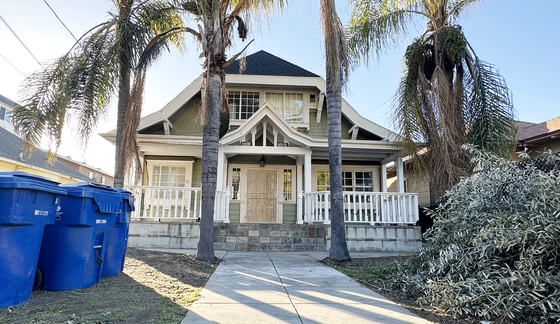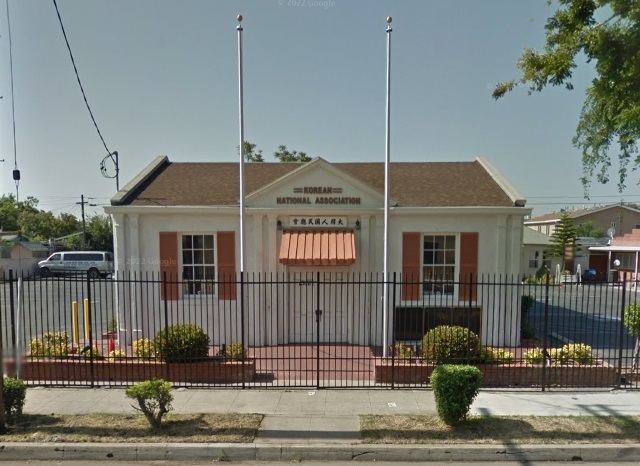Efforts are underway to nominate the former headquarters (Danso) of the Los Angeles Hung Sa Dahn and the Korean Independence Memorial Building for inclusion in the National Register of Historic Places, a federally administered program.
As pivotal sites for early Korean immigrant communities and the Korean independence movement, the Hung Sa Dahn Danso and the Korean Independence Memorial Building are already designated as City of Los Angeles Historic-Cultural Monuments. This marks the first attempt to achieve recognition at the federal level.
Listing these sites on the National Register of Historic Places would be a historic first in the U.S. for locations associated with Korean independence movement organizations.

Particularly, federal approval would officially acknowledge the civic contributions of Korean immigrants in the U.S., significantly aiding in the promotion and preservation of their history for a wider audience.
This recognition would also facilitate site management and operation by enabling eligibility for federal preservation funding and tax benefits.
The Korean Ministry of Patriots and Veterans Affairs, responsible for the U.S. national historic site designation, has identified the two organizations from each site as among the earliest civic groups established by Korean immigrants. These organizations were instrumental in the Korean independence movement and also offered educational programs for the early Korean immigrant community.
Korean ministry officials are scheduled to visit LA for a four-day tour starting January 28 to examine the historic sites and hold discussions with the organizations involved.
Beyond LA’s Hung Sa Dahn Danso and the Korean Independence Memorial Building, the ministry is also considering a proposal to include the Riverside site featuring the statue of Korean independence activist Dosan Ahn Chang-ho. Officials estimate the approval process could take between one to one and a half years.

“We are pushing for the Hung Sa Dahn Danso to be registered on the National Register of Historic Places in time for the reopening of the building after its internal renovation,” said Jong Hyun Lim, CEO of Heritage Smart Consulting Group, which is working on behalf of the ministry for the nomination of the two historic places. “We are planning to publish the right scholarly article in English for the University of Pennsylvania’s journal for history preservation,” he said.
“The designation of Danso and the Korean Independence Memorial Building as LA City’s Historic-Cultural Monuments stems from their recognition as civic organizations established by the Korean immigrant community,” explained Lim. “Given their activities align with federal historic listing criteria, we anticipate a straightforward approval process.”
Lim notes that the process for the National Register of Historic Places necessitates state recognition. Consequently, upon federal approval, these sites will also be automatically listed on California’s register.
In addition to the Hung Sa Dahn Danso and the Korean Independence Memorial Building, other Korean American-related sites designated as historic by the city of Los Angeles include Temple Sinai East, the Korean Bell and Belfry of Friendship, and the Los Angeles Korean United Methodist Church.
Currently, the National Register of Historic Places includes over 50 sites connected to Japanese immigrant history and 30 sites linked to Chinese heritage, yet none specifically related to Korean history.
BY NICOLE CHANG, HOONSIK WOO [chang.nicole@koreadaily.com]




